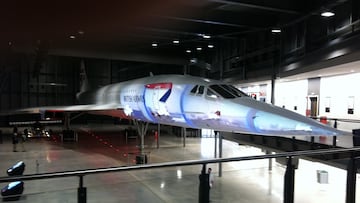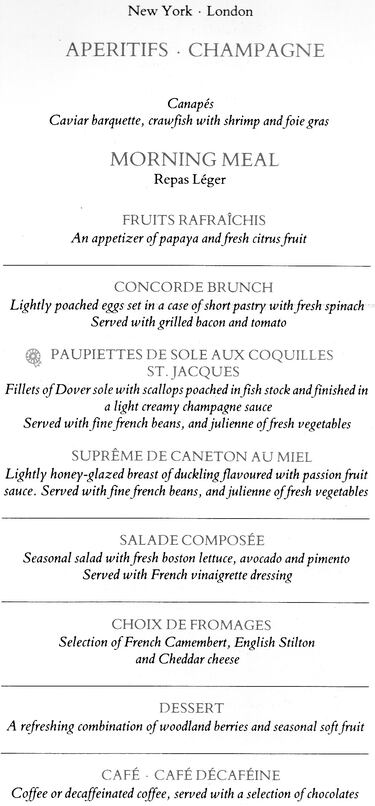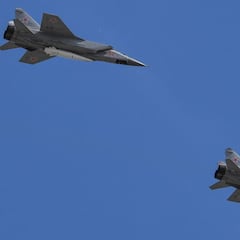What is a supersonic jet and how fast can it go?
A new company says they will bring supersonic jets back into the commercial market for the first time in two decades.


A third American airline has joined the line to purchase a number of supersonic jets from aviation startup Boom Supersonic. American airlines joins United Airlines and Virgin Atlantic on the project, which expects to carry passengers from 2029.
American Airlines announced it’s buying up to 20 supersonic jets from a company called “Boom” after United previously said they’re buying some as well. The jets won’t be in service for at least seven years but are expected to travel twice as fast as passenger jets. pic.twitter.com/KP2ytciNzX
— CBS Evening News (@CBSEveningNews) August 16, 2022
Boom’s Overture jet will be able to fly at speeds of Mach 1.7, or 1,304 mph (2099.16 km/h). This is what makes a supersonic jet supersonic; the ability to exceed the speed of sound. In dry air at 20 degrees celsius, the speed of sound is 767 mph (1,234.8 km/h). A jet beating this speed is easy to see, or hear, due to the characteristic ‘boom’ that is created.
According to Blake Scholl, CEO of Boom, Boom wants to “get anywhere in the world in five hours for $100,” though it will initially be flying at business rates due to a combination of price and lack of fuel efficiency necessary for affordability.
When it launches, Overture will be the first commercial supersonic jet operating for more than two decades.
What is the history of supersonic commercial flight?
The most famous western commercial jet was Anglo-French project Concorde. Designed in Bristol, England, and Toulouse, France, the jet operated from 1976 to 2003 and could fly across the Atlantic ocean from London to New York in less than three hours. Current flights have an average flight time of eight hours and Overture will be able to do the journey in 3.5 hours.
Wow! Air France Concorde with the Patrouille de France at La Ferté-Alais in 1988
— Mike Ling (@MikeLingPilot) April 14, 2021
(not sure who to credit with this vid I’m afraid) pic.twitter.com/InxSlqqQrw
Concorde, or as the French call it Le Concorde due to the necessity of le in a French definite article, could fly over 1,353 mph (2,100 km/h). This is Mach 2.04, slightly more than two times the speed of sound.
Compared to Boom, Concorde was a luxury flight which took priority over other planes at the airport. Flying in 1986 from London to New York, Michael Povey explained some of the quirks of Concorde that made it unlike any other flying experience.
“On arrival at the airport passengers were ushered into a private lounge where free champagne was served. This was only 50 metres from the jet through a dedicated tunnel seperate from the rest of the airport,” Povey said, “Concorde was always given priority when it was ready to take off, no sitting on the runway waiting for a slot.”
Related stories
On the jet itself there were more unique experiences. The aisle was extremely narrow with passengers sitting two-abreast with a specially designed narrow trolley. Accelerating to supersonic speed was only possible outside of built-up areas and was like a “push in the back” according to Povey. Speedometers in the cabin showed passengers the dizzying speeds they were reaching.

The Soviet Union had its answer in the form of the Tupolev Tu-144. Though it could fly faster than Concorde, and was actually the first commercial supersonic jet, it was retired from service after three years after a number of crashes and reliability issues.
